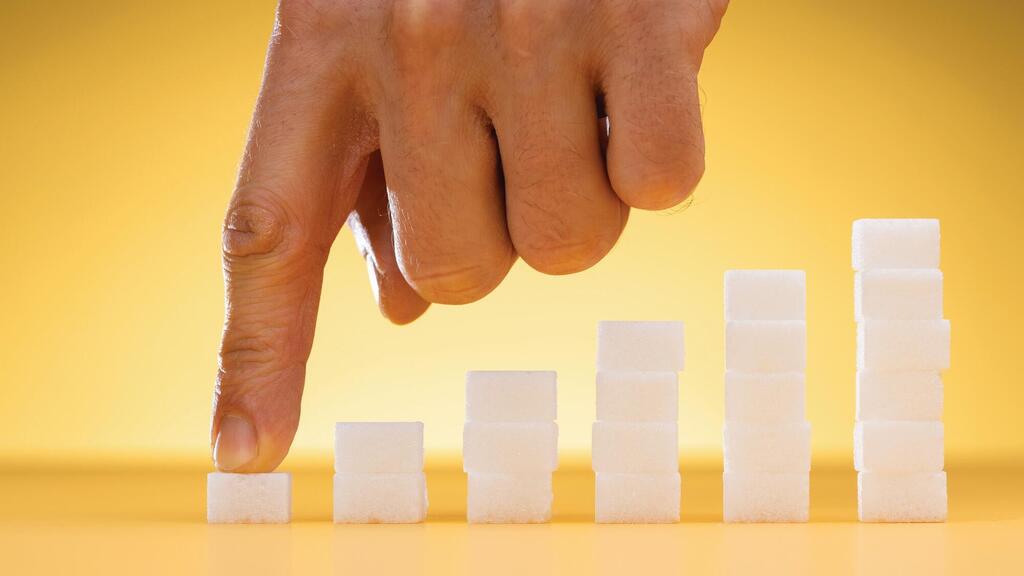Getting your Trinity Audio player ready...
Sugar disguises itself and hides in foods where we wouldn't usually expect to find it. Ynet set out to check which foods contain sugar and under what names they appear on nutritional labels.
Sugar provides us with empty calories — meaning energy without beneficial nutritional values like vitamins, minerals or dietary fiber. Consuming sugar quickly raises blood sugar levels and causes an increased release of insulin.
Research also shows a link between high sugar consumption (including sucrose, glucose and free fructose) and various diseases and health conditions — ranging from obesity and an increased risk of diabetes to fatty liver, cardiovascular diseases, inflammatory conditions like arthritis, cognitive impairment and even cancer.
How much sugar should you consume?
The World Health Organization (WHO) recommends consuming no more than six teaspoons of added sugar per day, not including simple carbohydrates found in foods like bread, pasta and fruits.
While the previous recommendation was that 10% of daily calories should come from added sugar it's now advised to limit it to just 5%. As a result, many prefer to consume "sugar-free" food or at least food they believe doesn't contain sugar.
We’re all aware sugar is found in cakes, cookies, candies and sweets, but many foods that we wouldn't expect contain sugar or one of its substitutes, sometimes in large amounts.
What names can sugar appear on the ingredient list?
Glucose, glucose syrup, sucrose, fructose, galactose, maltose, lactose, dextrose, dextrin, amylopectin, maltodextrin, cane sugar, brown sugar, HFCS (high fructose corn syrup), maple syrup, carob syrup, agave syrup, brown rice syrup, silan (date syrup), honey, malt, malt syrup, juice concentrate, caramel, coconut sugar, grape sugar, molasses.
What can you do in order to lower sugar consumption?
Check the ingredient list: The higher the sugar or its various names appear on the list, the greater the quantity in the product. If sugar is one of the first ingredients listed, it's best to avoid it.
Carefully examine the nutritional facts: One teaspoon of sugar equals 4 grams (0.3 oz), so if the nutritional label shows 20 grams (0.7 oz) of sugar in the sugars category that means the product contains five teaspoons of sugar. This doesn't necessarily mean all the sugar is additive in nature — lactose and naturally occurring sugars in the product are also included in this count.
Prefer natural food without added sugar: Choose natural silan, sugar-free tomato paste, sugar-free corn kernels and sugar-free dried fruits.
Check the amount and type of sugar in the product's nutritional values: Look at how many carbohydrates are in the product and how much added sugar is included. If the amount of added sugar isn't listed, consider the total carbohydrates, fiber content and where sugar appears on the ingredient list.
Remember that natural sugar is still sugar: Be aware that even a product containing only natural sugar can still have a very high sugar content (jam, dried fruits).
 Meital LevyPhoto: Nisso Shalev Leibovich
Meital LevyPhoto: Nisso Shalev LeibovichMake it at home: Homemade cakes, cookies and even bread can help you control the amount of sugar you consume.
Check why it’s sweet: If you see a product labeled "no added sugars," check how it’s sweetened.
- Meital Levy is a clinical dietitian at Leumit Health Services.



